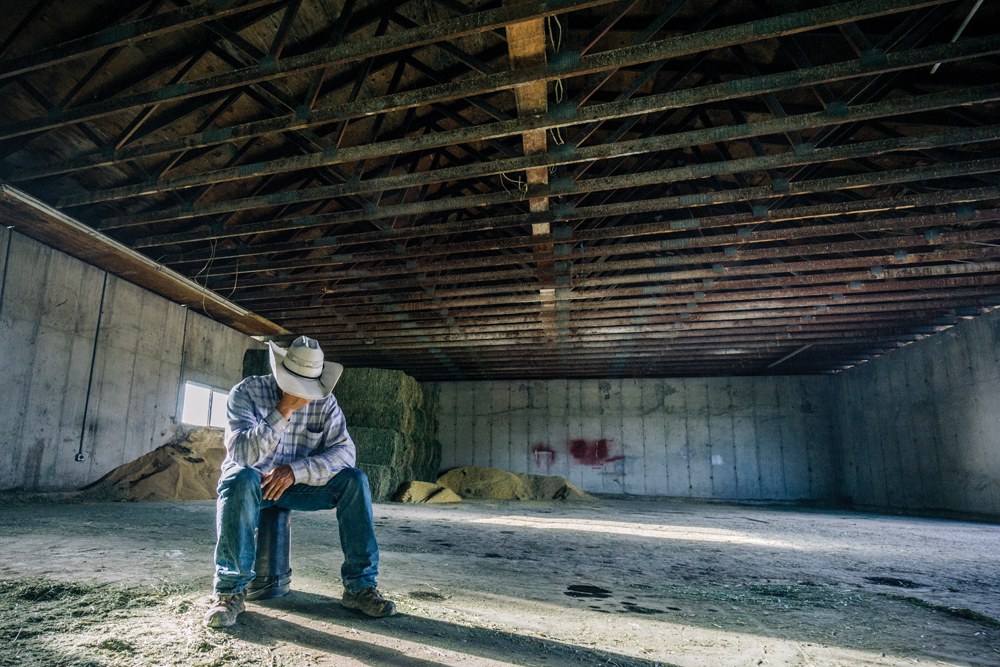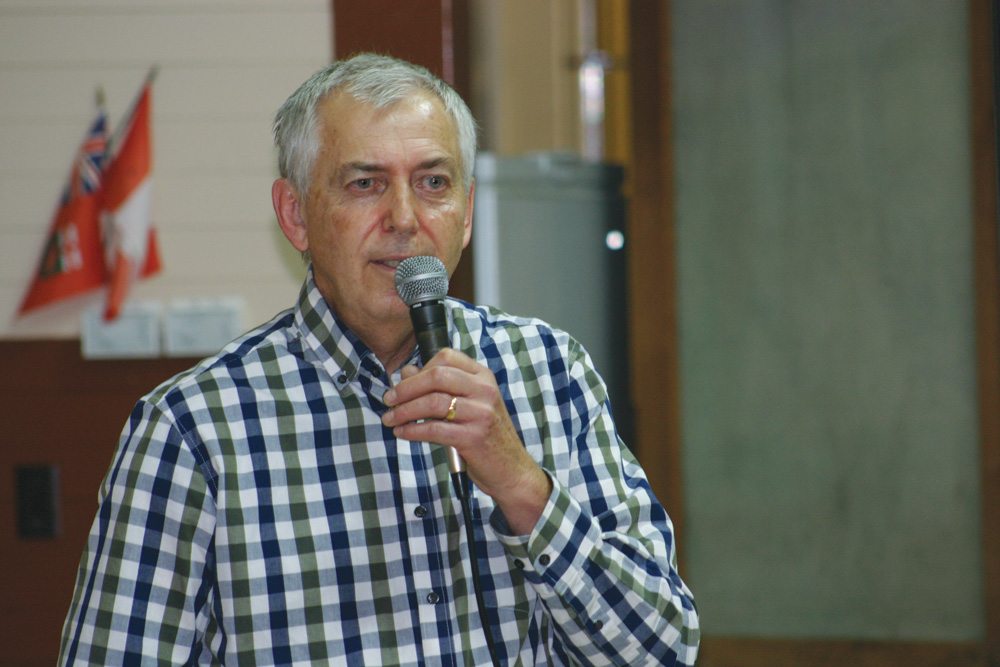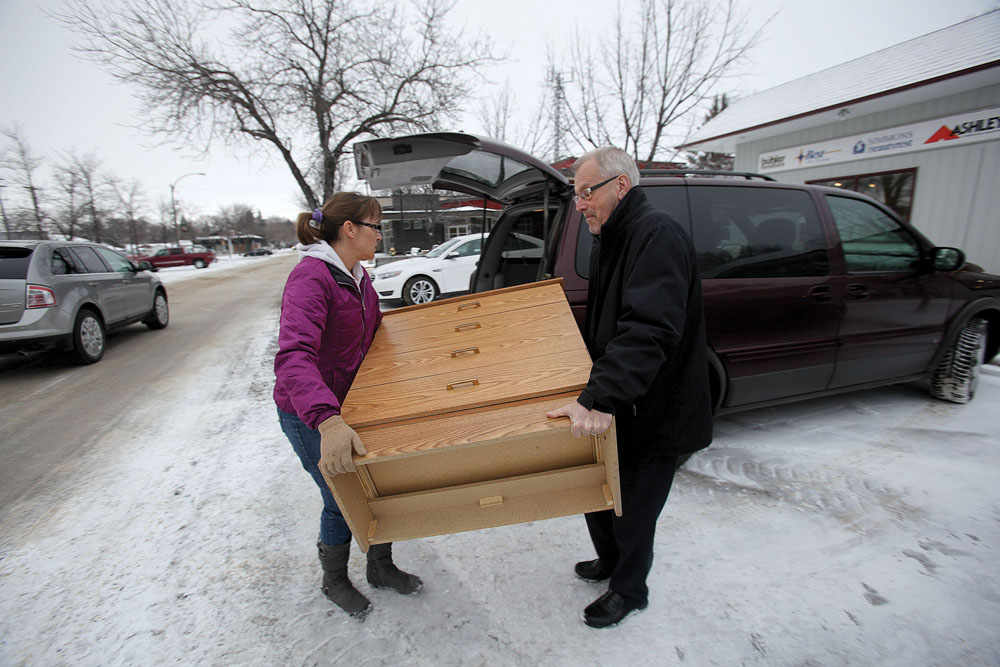You know a place has become very special to you when you find yourself making art about it.
That’s the position Colleen Granger, who lives on a farm south of Brandon with her husband and two teenage daughters, finds herself in.
Over the past eight years, she’s been pursuing a degree in fine arts from Brandon University, and her final thesis exhibit was inspired by her time on the family farm.
“I had to come up with a concept so I went to the old adage of novice writers, write what you know, and what I know is my home, the farm,” Granger said.
Read Also

Province pledges funds to CentrePort Canada
The Manitoba government has pledged $450,000 towards projects at inland port CentrePort Canada.
How that farm came to be home is a story in itself, for a city girl who was born in Portage la Prairie and raised in Brandon.
- PHOTO GALLERY: See more photos of Colleen Granger’s artwork
She moved to the farm in the early 1990s with her husband with no prior connection to the farm. But in the ensuing years she’s sunk deep roots into this Prairie soil, and now its become home, just like the farm is home to any born and raised farm kid.
“When you think of places that are really dear to our heart, you usually think of places that are from our formative years. And, I do have that attachment but it is not the same as the farm,” said Granger. “If we picked up and moved across the globe, the farm would still be my home.”
On display
The exhibition, titled Horizon:Rhizome, was a culmination of her degree and was recently displayed at Brandon University’s Glen Sutherland Art Gallery.
The display incorporates mixed media that blend familiar materials — barn board, old cultivator shovels, burlap material — with classic art techniques like painting, which is her primary medium, and folk art techniques like rug hooking and nail-and-string portraits.
“It explores the process of connection, guided by my own experiences on our family farm and formation of my own sense of place on the land,” she said. “It is a relationship that has shaped my identity over time and allowed the landscape to move from existing outside to within me.”
In the initial stages of the project, not entirely sure where to start, Granger began by researching burlap, looking at the colonial history from Europe and the connection to Indian jute twine.
“They would take the jute twine and turn it into burlap bags,” Granger said. “Settlers would bring over burlap bags of, say feed, and when the feed bags were empty, the women would open them up and rug hook and that really began my inspiration to bring in rug hooking.”
Granger thought incorporating the wool and rug-hooking technique would be a good way to express a feminine voice in what is often seen to be a male-dominated lifestyle.
“Through various art forms this show navigates my unique vantage point of being a woman, wife and artist on the farm,” she said. “Certain handicrafts, like the rug hook, was incorporated to emphasize the important legacy of rural women and our relationship to the land.”
She says it has been interesting to hear others’ opinions as they move through the gallery, with a number of individuals expressing how the pieces “take them home again.”
“With the combine piece, to me there are just rhizome stitching that image back together but a couple of farmers were saying how it reminds them of the chaff and the dust in the air. I thought that was a great analogy as well.”
Granger’s Horizon:Rhizome exhibit will be on display this fall at the Art Gallery of Southwestern Manitoba.
















